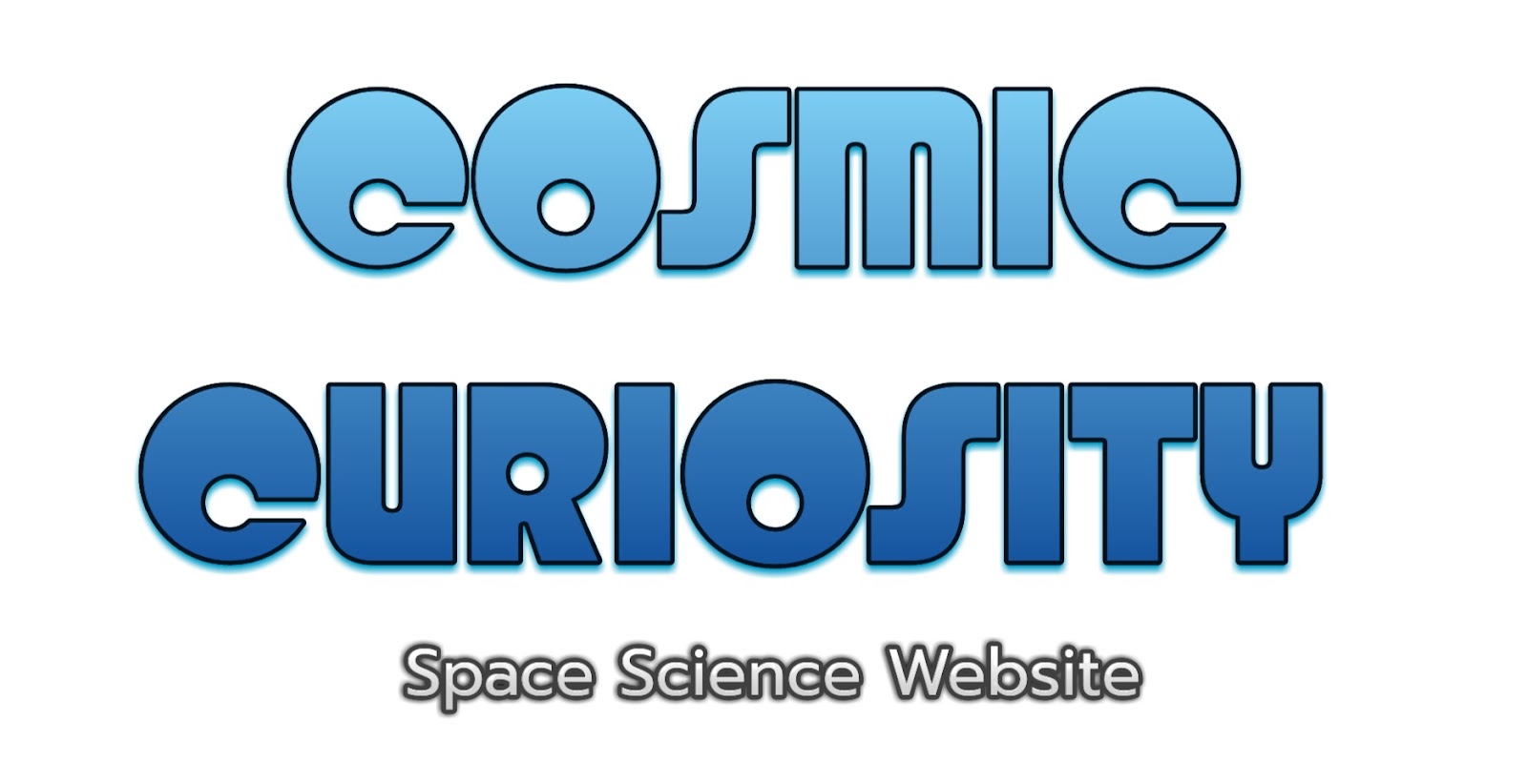Apollo 11: A Historic Mission
 |
| Apollo 11: A Historic Mission |
Apollo 11: The Mission That Took Humans to the Moon
The
Apollo 11 mission created history by putting humans on the moon in 1969, and
the whole world watched in wonder. The mission, which was a result of a
partnership between NASA and the US government, represented a major advance in
space exploration and a watershed in human history. The objectives,
difficulties, and effects of the Apollo 11 mission on science and society will
all be covered in length in this article.
The
Mission’s Objectives for Apollo 11
The
lunar landing and safe return of people to Earth were the main objectives of
the Apollo 11 mission. President John F. Kennedy established this objective in
1961 as part of a wider plan to reach significant space exploration milestones
by the end of the decade. The mission’s goals were to further human exploration
and show off US technical dominance during the Cold War.
The
Apollo 11 mission also had a number of scientific goals in addition to its main
purpose. The three astronauts that made up the team, Neil Armstrong, Buzz
Aldrin, and Michael Collins, investigated the moon’s surface, gathered moon
rock samples, and ran tests to test how space flight might affect the human
body. These goals were essential for improving our knowledge of the moon and
its history and for establishing the groundwork for further space exploration.
The
Apollo 11 Mission’s Challenges
The
Apollo 11 mission had its share of difficulties. The project necessitated the
development of new technology, such as the Lunar Module, the spaceship that
would land on the moon, due to the mission’s extensive technological
requirements for landing on the moon and returning safely to Earth. The
astronauts and mission control had to work together to coordinate exact
calculations for the trip.
The
risk to the astronauts’ lives, however, was the mission’s greatest obstacle.
The crew was subjected to radiation and other dangers while travelling great
distances in the empty space of the moon. The Lunar Module had to manoeuvre
across a rocky, uneven surface to make a secure landing, making the lunar
landing itself hazardous. The smooth operation of several intricate systems,
such as the parachutes that would slow the spacecraft’s fall and the heat
shields that would shelter the astronauts from the tremendous heat of reentry,
were essential to the crew’s safe return to Earth.
The
Apollo 11 Mission’s Effect
It
is impossible to exaggerate the influence of the Apollo 11 mission on science
and society. The mission’s main objective was accomplished, proving that people
could safely travel to the moon and back to Earth. Important new knowledge on
the origin and make-up of the moon, as well as the effects of space flight on
the human body, came from the mission’s scientific goals.
The
mission’s influence on society was also substantial. The Apollo 11 mission
attracted the attention of viewers all across the world and showcased the
tenacity and inventiveness of Americans. The mission also served as an
inspiration for a new generation of scientists and engineers, who in the
decades that followed continued to push the limits of space exploration.
Conclusion
The Apollo 11 mission was a watershed moment in human history and revealed the possibilities of human inventiveness and tenacity. Collaboration between scientists, engineers, and astronauts was essential to the mission’s success since they surmounted formidable obstacles to put people on the moon. The mission’s effects on science and society are still being felt today, encouraging future generations to delve into the uncharted and advance the frontiers of knowledge.






No comments